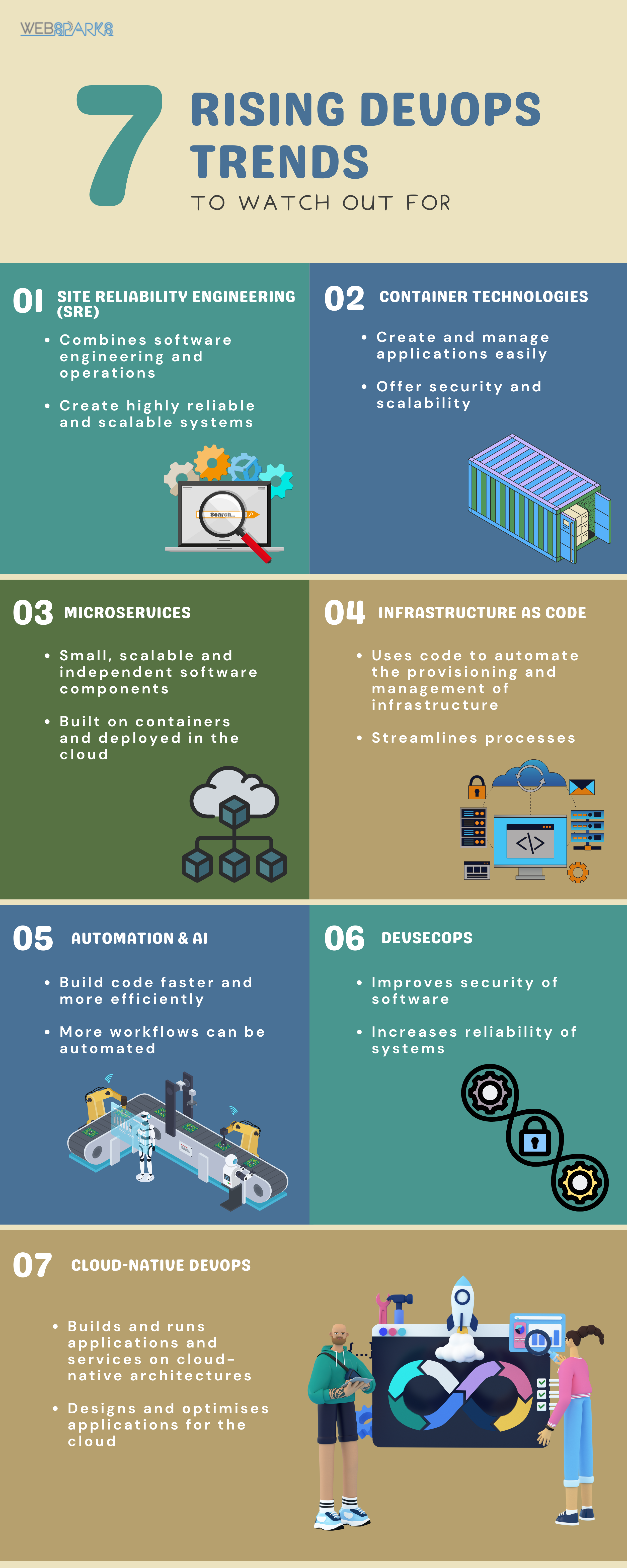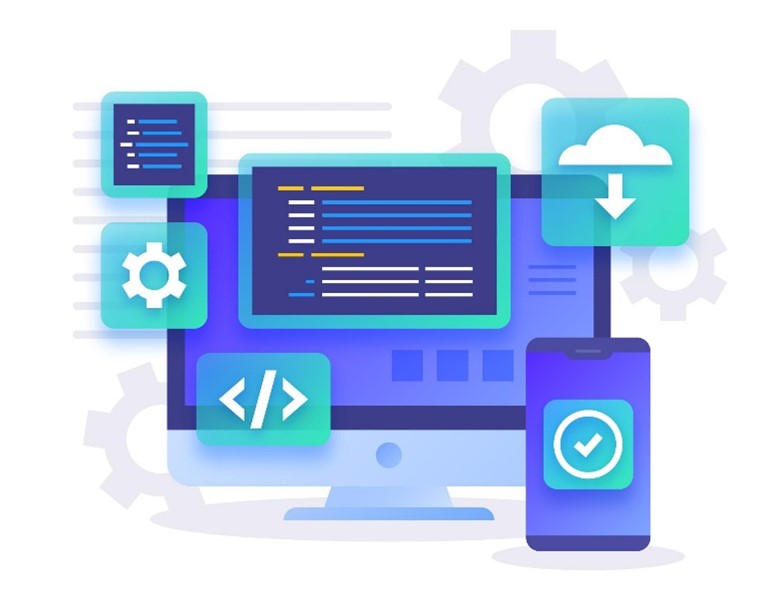DevOps is on fire.
There’s no question about that, but with each passing day, it feels like DevOps is becoming more of a mainstream term.
The way DevOps teams are organised is changing.
The new trend of using self-service, on-demand solutions for common tasks like build and deploy is disrupting traditional DevOps models.
As a result, the most effective DevOps teams are increasingly being organised differently and using agile development methodologies to deliver software faster and cheaper.
In this article, we’ll take a look at how certain DevOps trends are already impacting DevOps today and how they will continue to grow.
What is DevOps
Most people are familiar with the concept of DevOps, but not many have had much direct experience working with it.
What exactly is DevOps? DevOps is the combination of two terms: development and operations. In short, DevOps is the process of bringing development (Dev) and operations (Ops) together so that they can work as one team.
DevOps is a set of practices, tools, and a culture that enables organizations to deliver applications faster, better, and at a lower cost by improving collaboration, communication, and integration between software development, IT operations, and business.
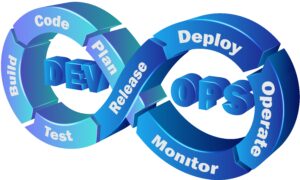
It is a process of collaboration among people who are traditionally separate (such as developers and sysadmins) to make software production work more efficiently.
The phrase ‘DevOps’ is not a new term and its roots go back to the ‘90s. There are many definitions of DevOps but the general idea is that DevOps can help developers build software quickly and efficiently.
DevOps also allows engineers to collaborate across departments, reduce errors, and speed up the process of releasing software. DevOps is essentially a way of working that is both efficient and effective.
Read DevOps: The Ultimate Guide to Developing A Successful DevOps Strategy
As DevOps matures and gains more mainstream adoption, we can expect to see more tools, processes, and methodologies develop to facilitate better collaboration between development and operations teams.
We should expect to see some interesting changes in the future of DevOps.
A lot of businesses are starting to use DevOps to streamline their operations. This means that we will see DevOps become an integral part of IT systems.
DevOps has helped companies to improve efficiency and agility in their operations and we should expect DevOps to continue its growth in the future.
Next, let’s look at the future of DevOps trends.
1. Site Reliability Engineering (SRE)
Site reliability engineering (SRE) is a set of practices that combines software engineering and operations to create highly reliable and scalable systems. It also involves the automation of tasks.
This concept came from the Google engineering team in 2003 where the IT experts use automation to monitor and observe software reliability in the production environment.
SRE emphasises reliability and performance in modern systems and provides a framework for achieving these goals. It involves automation, engineering principles, and collaboration between development and operations teams.
This trend is important and will continue to evolve to fill the gaps between development (Dev) and operations (Ops).
The adoption of cloud technologies and microservices has allowed companies to expand globally and scale their services thereby raising the importance of delivering reliable and safe services and hence SRE.
Site reliability engineers are now in high demand to ensure highly reliable services delivery through robust practices.
2. Container Technologies
The future of DevOps looks bright because of container technologies, including Docker, Kubernetes, and Cloud Foundry. It is a growing trend in the software development industry.
Containers are used to create applications on cloud computing platforms and make managing those applications easier.
They are lightweight, portable, and efficient. There are a lot of benefits to using containers, such as better security, speed, and scalability. Developers can use them to package applications that are easily deployed and scaled.
With the use of containers, it has become possible to create distributed applications that can be deployed in a distributed computing environment. Thus containers are becoming increasingly popular as a way of deploying applications.
Most people use containers on the cloud, but they can also be used for local applications.
We can expect to see greater adoption and integration of container technologies with other DevOps tools and practices.
3. Microservices
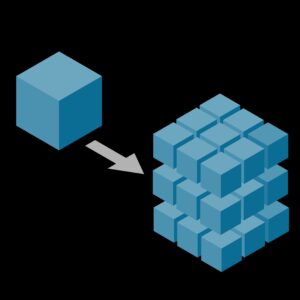
Microservices are software components that are small and independent.
The word ‘microservice’ originated in 2003 as a portmanteau of the words “micro” and “service,” but since then it has gained traction as a set of principles for organizing software into small units.
Microservices are scalable. They are built on containers using different technologies and deployed in the cloud.
The microservice architecture allows DevOps developers to test their changes locally without impacting the application’s end users, which is essential in a DevOps environment. Microservices allow for shorter software release intervals. It makes it possible for DevOps teams to build new products and modernize existing applications faster.
There is growing interest in combining microservices and serverless computing to create more flexible and efficient architectures.
4. Infrastructure as code (IaC)
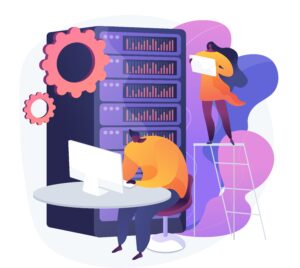
Infrastructure as code (IaC) is another trend that is set to evolve and improve continuously as well as play a critical role in modern infrastructure management.
IaC uses code to automate the provisioning and management of infrastructure across multiple cloud providers and environments, rather than manually configuring systems.
DevOps teams need not worry about managing servers. It allows them to automate everything, and use this process to increase scalability.
It allows infrastructure management systems to be created using version control software like git. It’s designed to allow developers to deploy changes without manually performing actions on the machine.
IaC can cut down the amount of time and effort needed to deploy changes to servers.
Expect more adoption of this practice as more companies look for ways to streamline infrastructure management processes.
5. Automation and Artificial Intelligence (AI)
Over the next few years, we’ll see DevOps become more automated.
Not only will DevOps engineers build code faster and more efficiently, it also means more workflows can be automated.
More software can be built using machine learning, artificial intelligence (AI), and other forms of automation. This frees up more time to focus on the development of products and services.
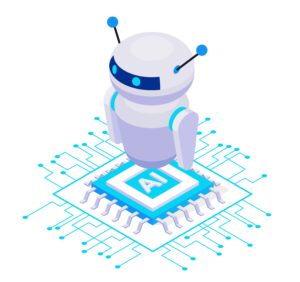
It’s worth noting that as DevOps becomes more automated, the term “DevOps” itself will lose some of its meaning. It won’t mean just writing code and building software.
This means automating all parts of the software development process from testing to operations, resulting in more software being delivered faster and better.
Automation helps increase productivity.
By building software faster, DevOps engineers can deliver features and updates to customers faster than ever before.
6. DevSecOps

Source: What is DevSecOps (Red Hat)
DevSecOps is becoming more important as security is a major issue in the digital world. It is a new approach to security.
It combines the efforts of the software development and security departments to improve the security of software and increase the reliability of systems.
DevSecOps is an important part of a business.
A DevSecOps team helps businesses to get ready for cyber threats. It helps companies to protect their data and ensure that everything is secure.
This trend is evolving to become more important as security threats continue to rise. Many companies are looking to use this approach to protect their valuable data and improve the security of their applications and systems.
7. Cloud-Native DevOps
Cloud-native DevOps is the practice of building and running applications and services on cloud-native architectures.
Applications are designed and optimised for the cloud environment which means they are built for the scalability, flexibility and agility of cloud computing.
This trend is set to grow as more organisations adopt cloud technologies, and DevOps teams adapt to new ways of building and deploying applications in the cloud.
Cloud-native architectures represent a significant shift in the way applications are built and deployed. They are key enablers of digital transformation in most industries as they provide innovation and growth opportunities in the digital age.

Future of DevOps
DevOps is the future of IT.
More and more organisations are increasingly adopting this model. This trend is likely going to continue and the future of DevOps will bring many benefits to our industry and society as a whole.
As we move further along in DevOps, many new challenges will arise. We can also expect more innovation and new trends to emerge as DevOps continues to mature.
By embracing the above trends and staying at the forefront of innovation, organisations can unlock new growth opportunities and success in the digital age.
Websparks is an award-winning Web Development Company based in Singapore.
Websparks is certified as a Microsoft Gold Application Development, Silver Application Integration, and DevOps Partner.
We are equipped with the tools and resources to deliver our clients the best quality of software development services and solutions. We have proven expertise in providing quality solutions in application development, integration, and DevOps.
Contact us to find out more about our services.
